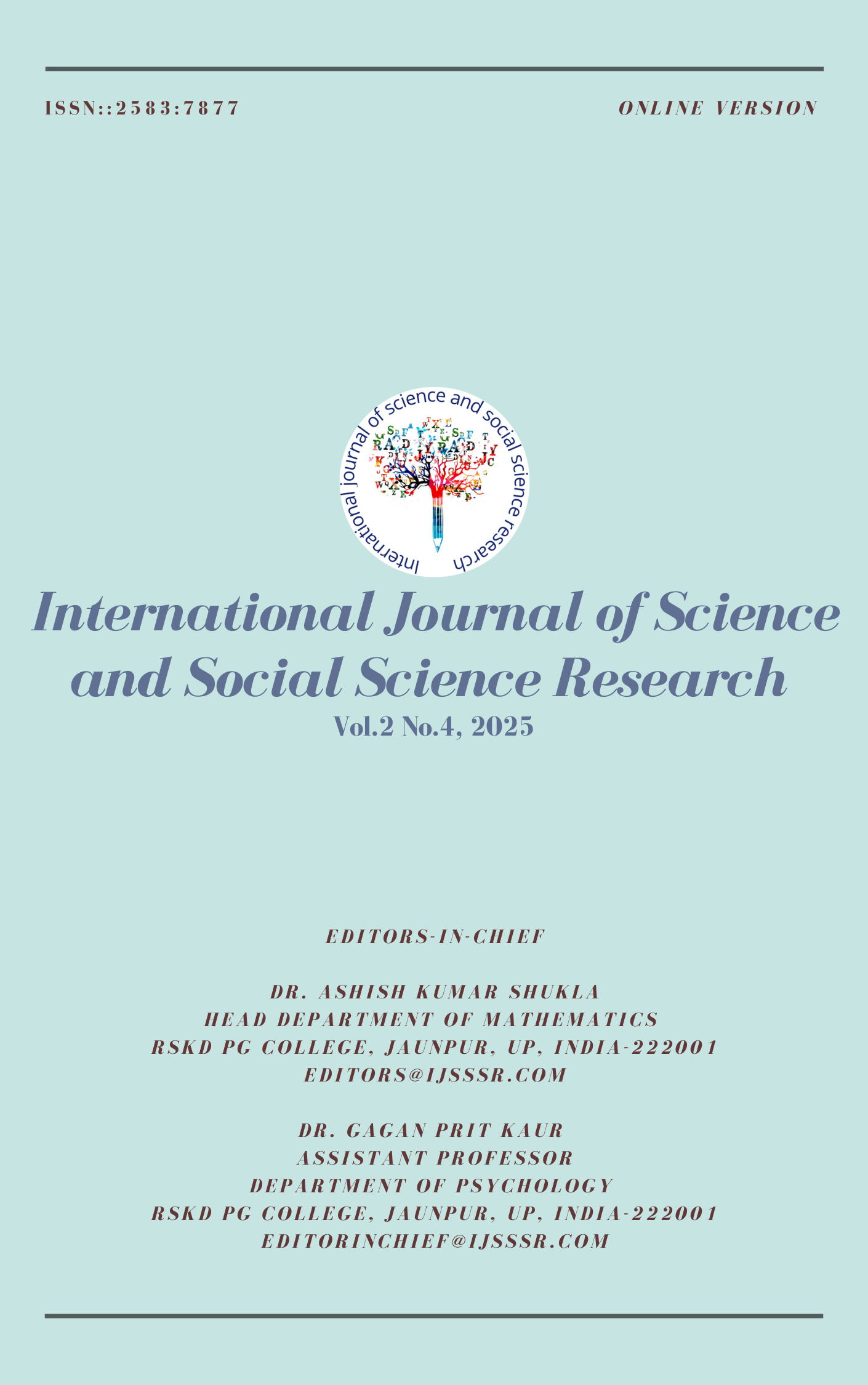Low Carbon Trade Efficiency and Trade Potential of Thailand and its Land Neighbors Based on Spatial Weight Gravity SLM Model
DOI:
https://doi.org/10.5281/zenodo.15031798Keywords:
Low-carbon trade, Spatial Lag Model, Trade efficiency, Trade potential, Spatial weight matrixAbstract
This study examines the low-carbon trade efficiency and trade potential among Thailand and its land neighbors—Myanmar, Laos, Cambodia, and Malaysia—using a Spatial Lag Model (SLM) and spatial weight matrix. The results indicate that Thailand serves as the regional trade hub with the highest low-carbon trade efficiency but limited growth potential. Myanmar exhibits significant trade potential due to its underdeveloped market, while Laos demonstrates strong spatial effects that could enhance trade growth. Malaysia shows weaker trade spillover effects, requiring policy-driven regional cooperation. Cambodia’s low-carbon trade efficiency remains low, necessitating industrial restructuring. Moran’s I analysis suggests weak spatial autocorrelation, indicating that low-carbon trade distribution is more influenced by economic policies than geographic proximity. To enhance regional low-carbon trade, nations should optimize infrastructure, strengthen policy coordination, and promote green supply chains.
Downloads
Published
How to Cite
Issue
Section
License
Copyright (c) 2025 International Journal of Science and Social Science Research

This work is licensed under a Creative Commons Attribution-NonCommercial 4.0 International License.







